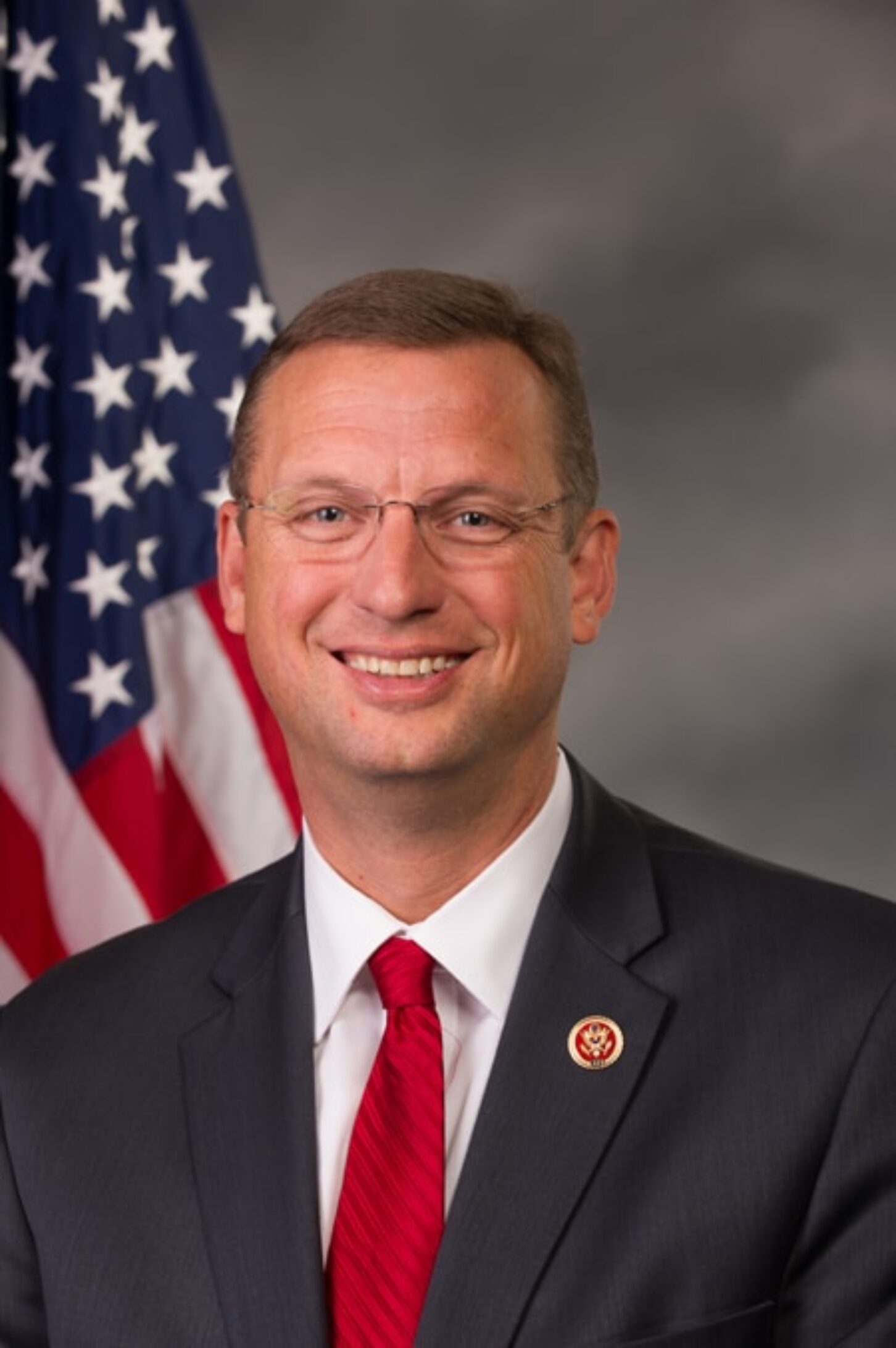
Georgians value justice. My father was a State Trooper for 31 years, and he helped me understand that an effective criminal justice system elevates human dignity by punishing wrongdoing, protecting victims and rehabilitating offenders.
By taking this approach, our own state effected a 21 percent drop in violent crime between 2005 and 2016. State leaders, watching Georgia’s prison population more than double between 1990 and 2011, responded with meaningful changes to its justice system, including prison reform.
Some prisoners have records that scare us; they should remain safely behind bars. Others have made mistakes they can pay for and recover from. Prison reform is structured to help these individuals redeem themselves, and the lower crime rates that have resulted from Georgia’s reforms demonstrate communities and law-abiding individuals also reap the benefits of restorative justice.
When the people of Northeast Georgia sent me to represent them in Washington, I knew the federal government could take a page or two from Georgia’s prison reform playbook.
I joined the House Judiciary Committee, which has jurisdiction over the federal criminal code and justice system. In 2017, I introduced the Prison Reform and Redemption Act, which would bring more evidence to bear on the way the Federal Bureau of Prisons oversees those in its custody.
One of the challenges of a strictly punitive approach to imprisonment is that the vast majority of federal inmates eventually leave prison, and many will be promptly greeted by the opportunity to reoffend. Additionally, many people become offenders after struggling with mental health issues, substance abuse, a lack of education, poverty or other challenges.
Circumstances like these don’t excuse criminal behavior, but they do help us recognize how to address it. Absent meaningful intervention during their incarceration, individuals will re-enter society under conditions that could contribute to recidivism and erode community safety.
To reduce crime rates and prison populations, the Prison Reform and Redemption Act would direct the Bureau of Prisons to begin reducing recidivism risks from day one. After sentencing, prisoners would undergo an assessment to determine their likelihood of returning to crime and identify the resources proven to reduce that risk.
The bureau would then offer offenders programming tailored to those risk- and needs-assessments. Resources could address a litany of factors that increase recidivism and come in the form of substance abuse treatment, vocational training, educational support, anger management therapy, mental health care, faith-based programming or other options.
Here’s how that works in practice. A young mother who struggles with a mental health condition she has self-medicated using an illicit substance would receive mental health and substance abuse treatment. An able-bodied man lacking a high-school diploma and marketable skills and convicted of illegally trafficking cigarettes would be equipped with GED and vocational skills courses so he could walk into a welding job upon his release.
Every inmate has made mistakes in a unique context, and the only thing these rehabilitative initiatives must have in common is data demonstrating they are effective at lowering recidivism. The evidence-based options available through federal prison reform fall under a wide, inclusive umbrella.
Men and women who finish the programming mapped out in their needs assessments can earn extra support transitioning back into their communities post-release. While sentences would not be reduced, offenders would become eligible to spend the tail ends of their sentences in half-way houses or home confinement by successfully completing their recidivism-reduction plans. This arrangement also helps individuals build support networks as they re-enter society once they’ve paid their debts.
Healthy people contribute to robust communities, and federal prison reform would help offenders with a history of mistakes become healthier, productive neighbors. Over a decade, we saw those stories unfold in Georgia as the number of people on probation rose 17 percent while the population of people whose probation was revoked fell 20 percent.
In 2012, Georgia’s General Assembly voted to implement prison reform initiatives across our state, and it’s my hope that the bipartisan, bicameral support for federal prison reform will be the catalyst for more restorative – and therefore effective – justice across our country.